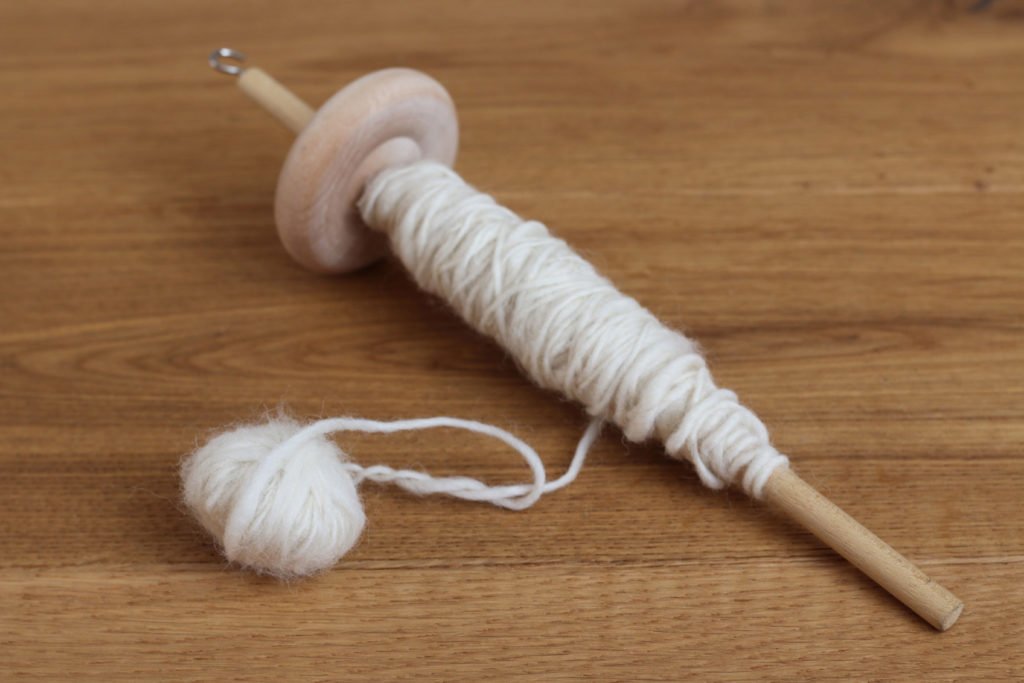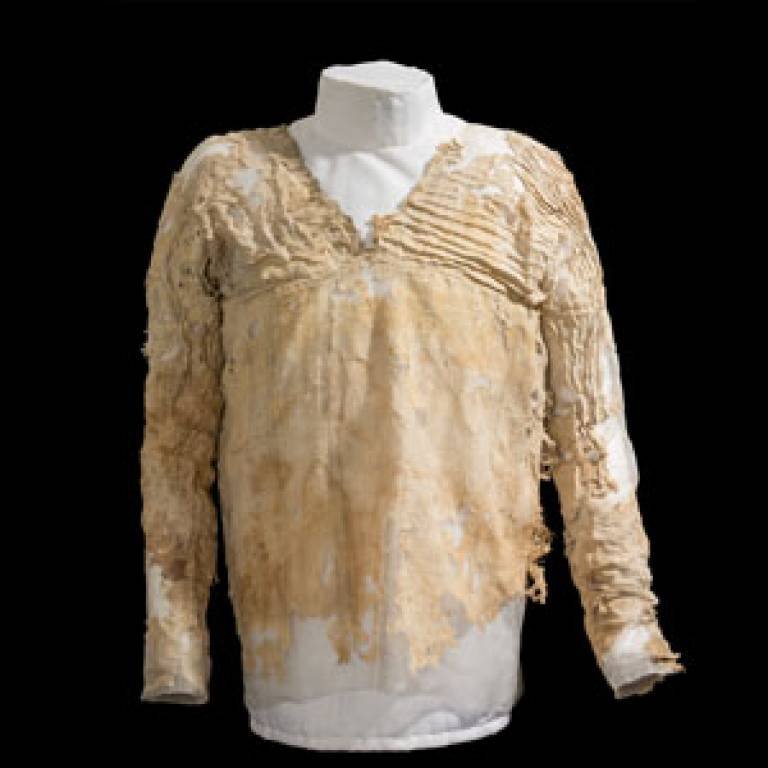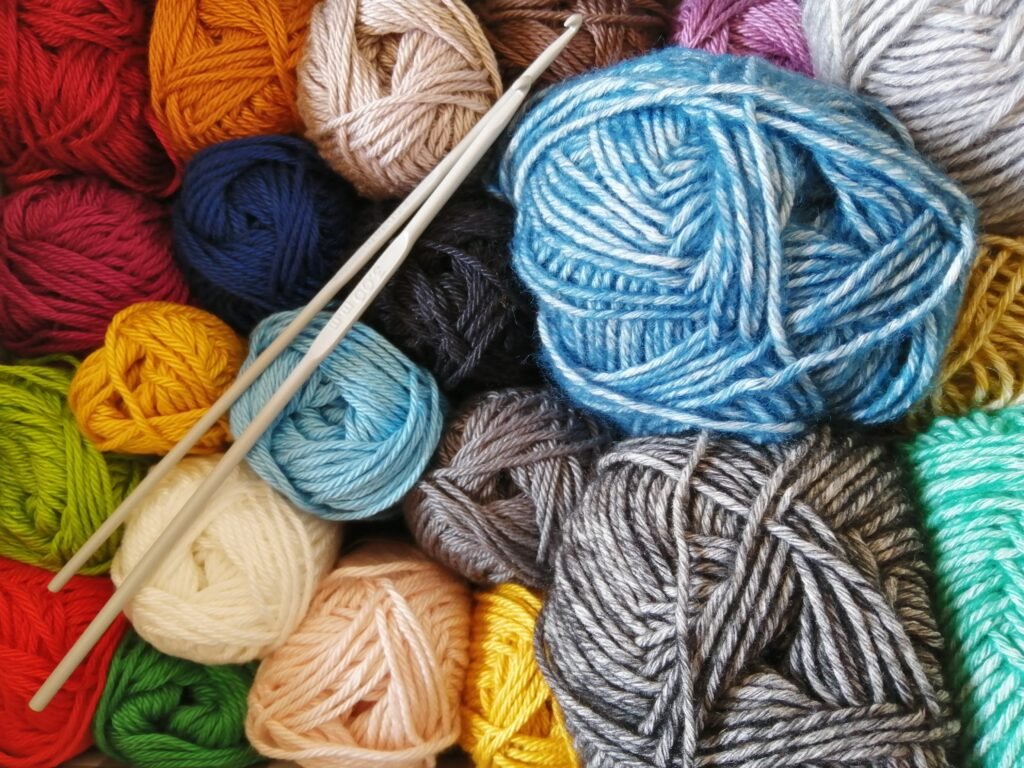Ever sat there in your nice cashmere sweater and thought “Huh, I wonder how long people have worn sweaters like this…” Well, the use of wool is as old as the human race. First of all, wool comes mostly from sheep, but some kinds of wool are also taken from goats, rabbits, and even camels. It’s been used to keep warm through clothing, blankets, shelter, and more for thousands of years. When exactly? Let’s find out
Whilst the exact dates are unknown, wool has existed for as long as sheep existed. However, humans started domesticating sheep for their hair, milk, and meat around 10,000 years ago in Central Asia, notably Mesopotamia.
Wool then spread across Asia, Africa and later Europe until it arrived as part of your favourite clothing from your local H&M.
Evolution of wool
The earliest domesticated sheep were not very hairy and couldn’t produce much wool. Down the line, with breeding and more domestication, the hair of sheep grew thick. Two layers of hair formed, with a layer of long coarse hair covering the fine fiber undercoat. This overcoat shred naturally in spring.
Humans discovered that after domestication, the hair became resistant to shedding and became removable (through shearing). Through twisting and attaching this hair to itself they produced long strands of yarn. This yarn which became the base for cloth and fabrics. This became the essence of clothing and shelter.

A type of sheep also known as a “hair sheep”.
How did they do it?
Spinning wool into yarn and thread is more than 5 millennia old. When wool was first discovered, it was spun by hand until the invention of a tool called the hand spindle.
A spinning wheel was also invented around the year 1000 which made things easier. All this changed in the 19th century with the invention of machines at the peak of industry, however those machines still use the same basic spinning technique of twisting individual fibers and winding the thread on a ball.

Usage in clothing
After its discovery in the east, wool spread all over Asia and Africa to areas such as Egypt, Somalia, Iran, Palestine. Wool appeared in Europe around the Bronze Age. A surviving sample from Switzerland dates to around 3000 B.C. Importing played a huge part in the transition to Europe. Mixed wool became a big part of Europe in the Iron Age and then during the Romans and Greeks. Wool was one third of the Romans’ most common materials for bandages, clothing, alongside linen and leather with the finest wool coming from the city of Tarentum.
England also had its hand in wool during medieval times and special taxes were imposed and an officer was assigned on a special chair of wool called the Woolsack. Spain and Italy joined the wool game with exports and trade, and Germany even competed with England in the market until Australia dominated both of them. Australia remains the no.1 powerhouse of wool production till this day.

The oldest clothing item recorded is the linen Tarkhan dress from Egypt’s first Dynasty approximately 5,000 years ago
Modern day
The 1900’s saw the rise of synthetic machine-washable fibers that caused a decline in the wool business. Those types of wool are chemically altered using acid and other materials and speed up the washing and drying process.
Summary
Overall, wool has existed for thousands of years and will most likely continue to exist for thousands more, as sheep are not going anywhere and now that we’re using other animals, as well. As long as we need clothes on our backs (Which we’re guessing will be for a while), natural fabric and materials will never go out of style.
